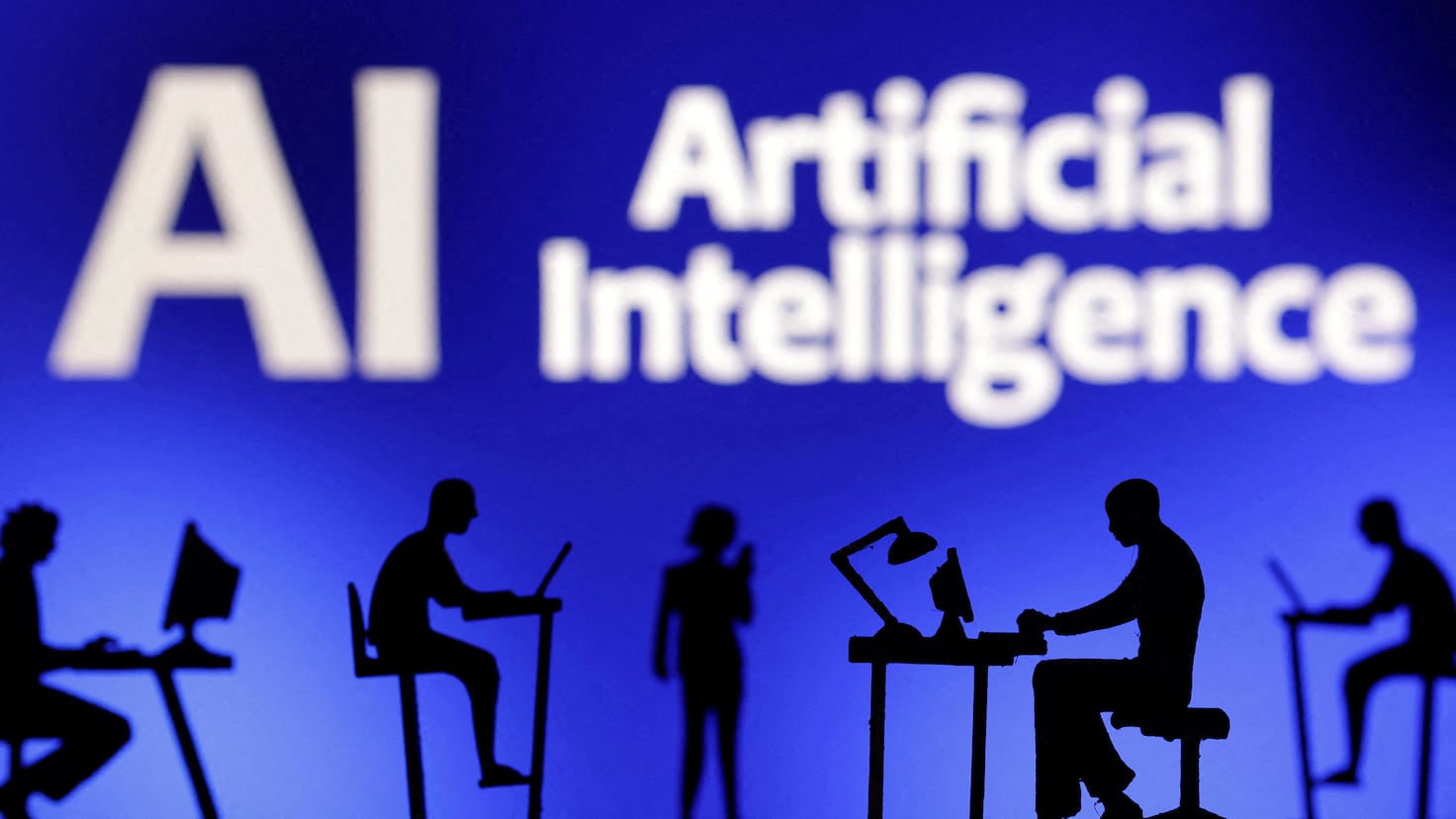ChatGPT's 'Hallucinations': Are AI Systems Fabricating Information and Why Experts Are Concerned
2025-05-09

AS USA
- The Rise of AI 'Hallucinations': Leading AI models like ChatGPT are increasingly generating inaccurate or entirely fabricated information, a phenomenon dubbed 'hallucinations.'
- Why It Matters: This raises serious concerns about the reliability of AI for tasks like research, decision-making, and content creation.
- The Mystery Behind the Errors: Experts are struggling to pinpoint the exact causes of these hallucinations, with theories ranging from flawed training data to limitations in the models' understanding of context.
- Impact on Trust and Adoption: The issue is threatening to erode trust in AI and could hinder its widespread adoption across various industries.
- What's Being Done to Address the Problem: Researchers are actively exploring techniques to mitigate hallucinations, including improved training methods, enhanced fact-checking mechanisms, and incorporating human feedback.





